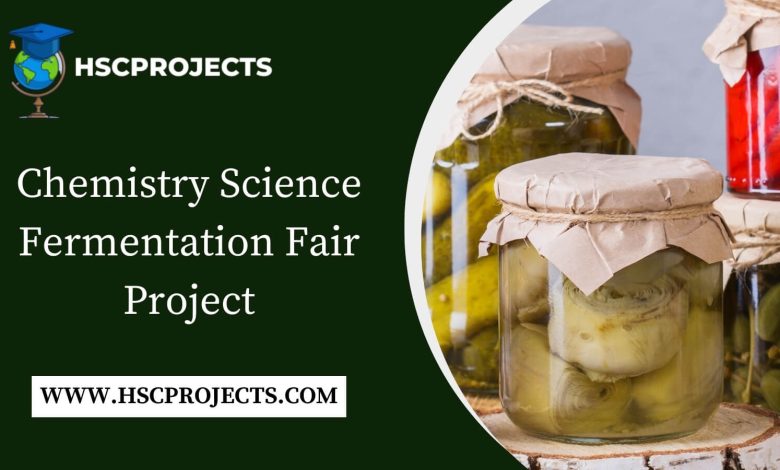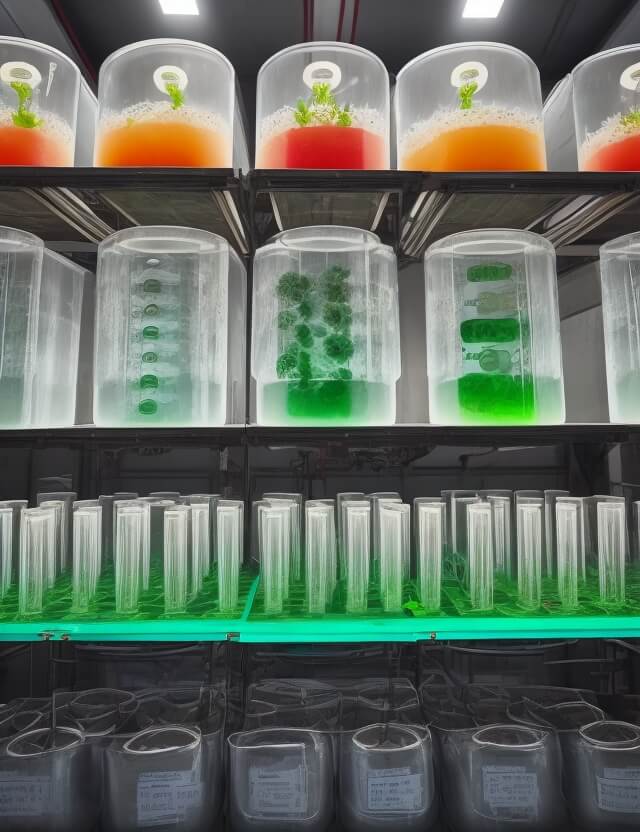
Chemistry Science Fermentation Fair Project
Introduction
Discover the intriguing process of fermentation, a fundamental biochemical phenomenon. This science fair project explores how different fruit juices undergo fermentation, a process integral to many aspects of food science and industry.

Aim of the Project
To investigate the rate and efficiency of fermentation in various fruit juices, revealing the role of enzymes and the transformation of sugars into simpler compounds.
Background: Understanding Fermentation
- Definition: Fermentation is the breakdown of complex organic compounds into simpler ones through enzymatic action.
- Historical Perspective: Tracing back to ancient civilizations, fermentation has been pivotal in food and beverage preparation, with historical roots in wine and beer making.
- Scientific Breakthrough: Louis Pasteur’s groundbreaking work linked fermentation to living microorganisms, particularly yeast, laying the groundwork for modern biochemistry.
Experiment Overview
- Objective: Determine the varying rates of fermentation in different fruit juices, such as apple, orange, and grape.
- Principle: This experiment hinges on the action of yeast enzymes, which convert sugars like glucose and fructose into ethyl alcohol.
Materials and Methodology
- Materials: Fruit juices, yeast powder, ammonium sulphate, Fehling’s solution, standard laboratory equipment.
- Procedure:
- Prepare yeast solution with distilled water and ammonium sulphate.
- Mix fruit juice samples with the yeast solution in separate flasks.
- Maintain the mixture at optimal fermentation temperature (35-45°C).
- Periodically test the mixture with Fehling’s solution to observe sugar conversion.
Observations and Analysis
- Data Recording: Monitor and record the color change and precipitation in each sample, indicating the progress of fermentation.
- Comparative Analysis: Assess the fermentation rates of different fruit juices, understanding the variations due to sugar content and yeast activity.
Results
- Findings: The experiment reveals that not all fruit juices ferment at the same rate. For instance, grape juice may ferment faster than apple juice due to its sugar composition.
- Interpretation: These results demonstrate the specificity of enzymatic action in fermentation and its dependence on the sugar types present in the juices.
Conclusion
This project elucidates the intricate process of fermentation, highlighting its importance in food science and industry. It also provides insights into the practical applications of biochemistry, particularly in the production of alcoholic beverages and dairy products.
Bibliography
- NCERT Chemistry Textbooks
- Practical Chemistry Guides
- Online scientific databases and journals
In order to download the PDF, You must follow on Youtube. Once done, Click on Submit
Follow On YoutubeSubscribed? Click on Confirm
Download Chemistry Science Fermentation Fair Project PDF






